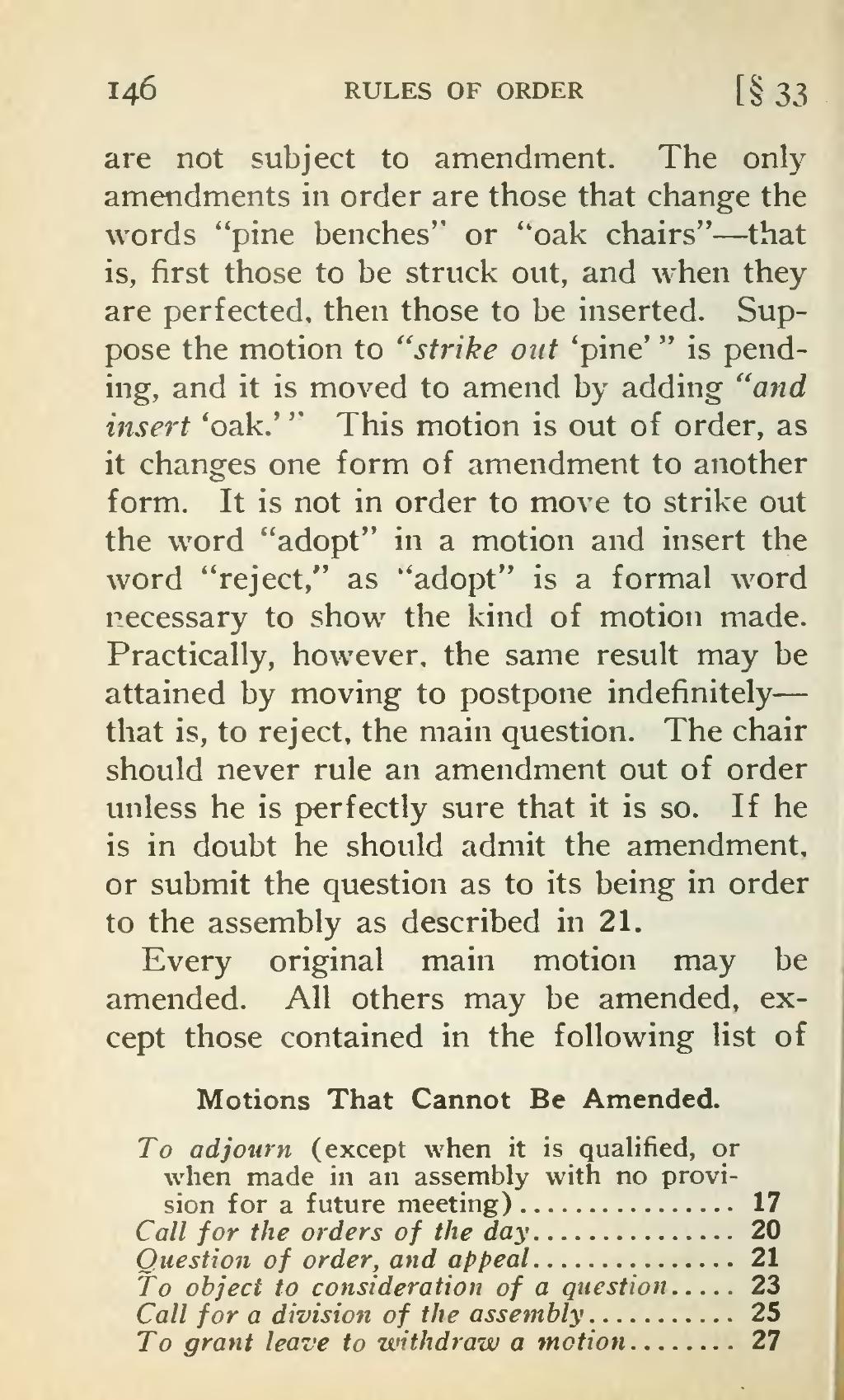A board meeting that is effective allows the organization to move forward with informed decisions. Board members must prepare meetings in a collaborative manner. They should review documents and reports, give feedback, and answer any questions. They should also engage in careful analysis and deliberation on strategic issues, which includes an in-depth review of current strategies and a plan of future direction.
A productive board meeting begins with a clearly defined agenda. The agenda should be distributed to all participants prior the meeting, and must include all the topics to be discussed (e.g. the board package, the minutes from previous meetings and proposed policy, committee reports). These materials will assist participants to prepare for the meeting. They will also save time during the meeting by not needing to search for details.
After the board has discussed and reviewed reports and other information, it is time to make decisions. This is where the power of the board is. In this portion of the meeting, the board must discuss and decide on the specific steps to take in order to reach the goals of the business. The chair should also conduct a roll call in order to confirm that a quorum is present, and to ensure that all members participate in the discussion.
In the process of making decisions, it is helpful for the board to bring in subject matter experts from within the company. For instance, having someone from the engineering department provide an update on the new product or having a sales lead talk about a recent major win can provide fresh perspectives and help to facilitate productive discussions. It’s also a good idea to bring in external speakers to provide the board with more insights into the topic.








